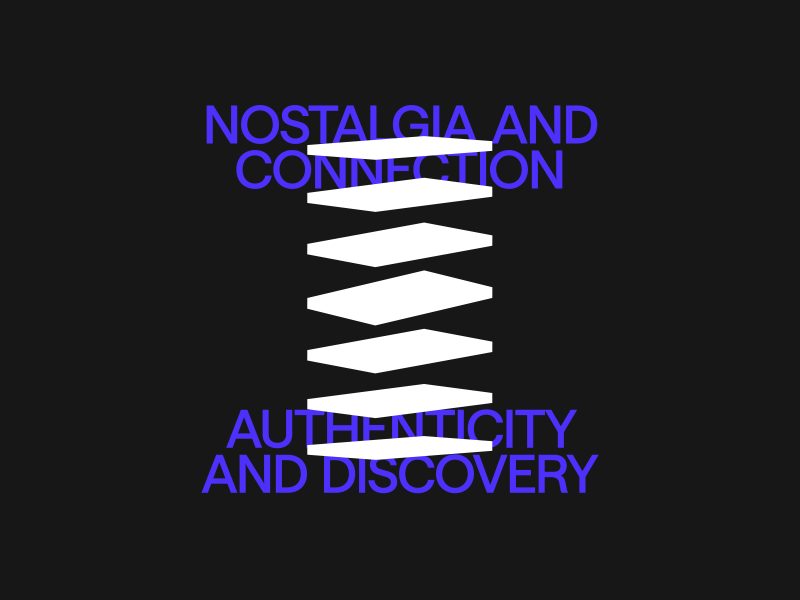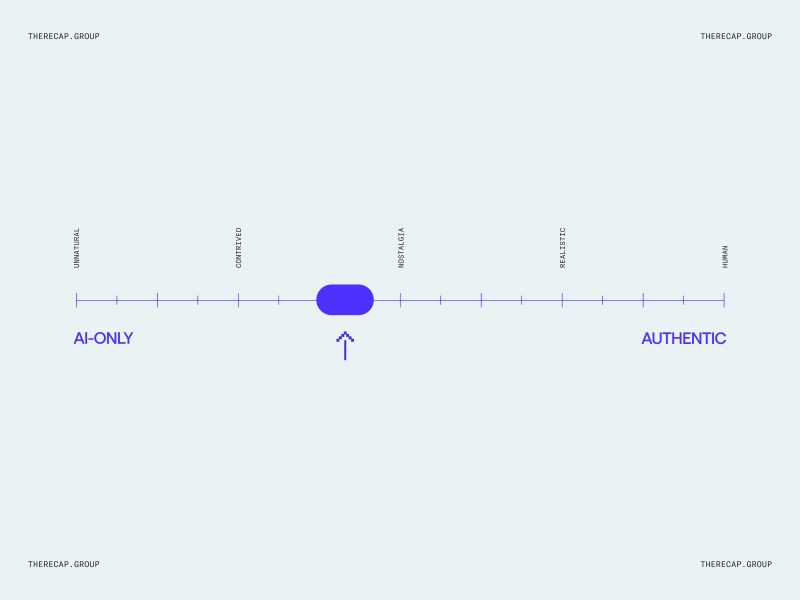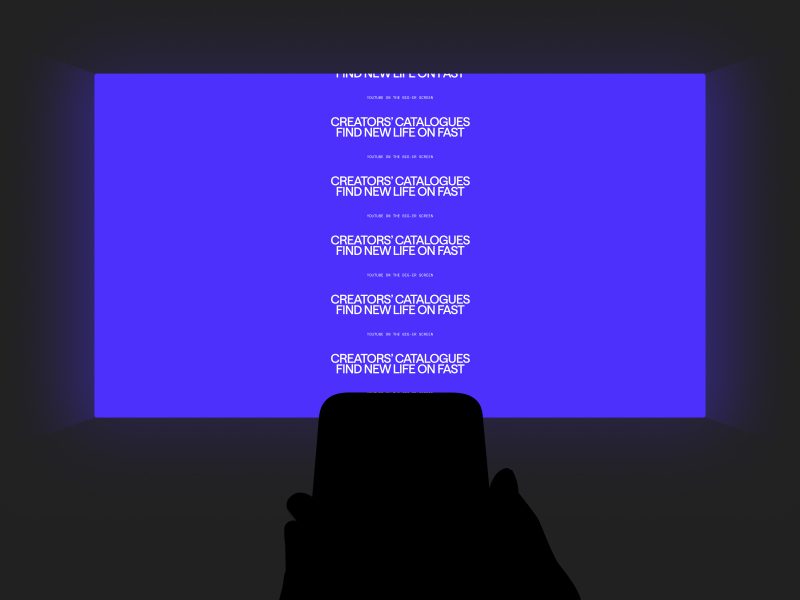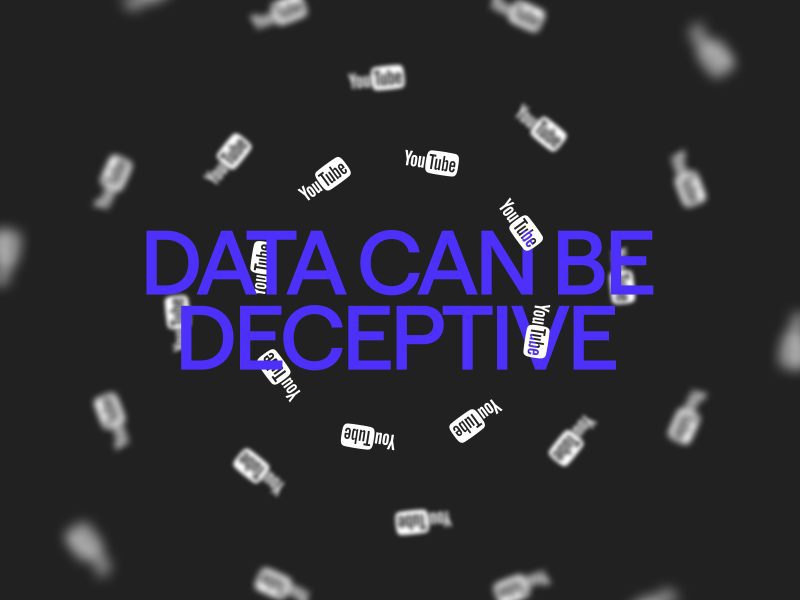How Gen Z & Millennials use YouTube vs. TikTok – how to grow and retain a show’s young fanbase

Gen Z and Millennials have varying reasons for visiting YouTube & TikTok, and further, they have developed a set of expectations for what they see on each platform.
10.18.2024
For a show’s social media accounts to drive a Return on Investment, the right content needs to be put on the right platforms, and almost no content is ‘right’ for all platforms. Before dumping money into content creation in an attempt to increase a shows viewership from younger generations, media companies need to first understand why each individual platform is being used.
YouTube – Nostalgia and Connection
YouTube, one of the original platforms that Gen Z grew up having access to, has shown the greatest longevity among Gen Z and today has almost twice as many Gen Z users as Facebook. Why the longevity? Nostalgia and deep connection.
82% of Gen Z turn to YouTube for nostalgic content and 70% say watching videos on YouTube helps them feel more connected [1].
As YouTube videos are almost always longer than short form videos found on TikTok & Instagram, they require a larger time investment and have potential to form a stronger connection to the people, show, or brands in the videos. Further, the fact that Gen Z grew up watching YouTube on their parent’s home computer, or sneakily in the back of their school’s computer lab, there is an inherent and inseparable level of nostalgia to it. The platform itself reminds them of a simpler time and thus, the content they seek on it is often to incite a feeling of familiarity. To be exact, 69% of Gen Z reported that they find comfort in returning to their favorite content [1].
The Gen Z & Millennial desire for familiarity and connection goes beyond the goofy home videos and skits that dominated YouTube in the early 2010s and stretches to familiar TV shows. 13% of Millennials reported their favorite content to watch on YouTube is ‘previous season TV shows’ and 12% reported their favorite was ‘current season TV shows’ [2].
The combination of Nostalgia and Connection that young people seek on YouTube makes it a key platform for establishing, maintaining and capitalizing on Gen Z and Millennial viewership of both previous and current TV shows.
TikTok – Authenticity and Discovery
From a bird’s eye view, TikTok is very anti-establishment. The content that does well on TikTok is often free of filters, aesthetics and beautiful visuals. However, when we look closer at accounts who have had long-term success of TikTok, a strong curation strategy is almost always at the forefront of their content.
By the time TikTok blew up across the US in 2020, Gen Z had grown tired of the perfectly polished influencers and celebrities that they had seen for a decade across other social platforms [3]. TikTok quickly became a safe haven from the carefully curated, never-a-dull-moment, my-life-is-perfect content style that they had grown so accustomed to seeing on Instagram. It remains a platform where authenticity, transparency and realism are not just appreciated but required on the platform.
For a TV show to have success on TikTok, its content must be carefully curated to show the personality & stories of the people/characters involved. This is accomplished when selecting and clipping scenes, by including behind the scenes content, interviews, or simply having a central figure casually talk to the camera when making a statement or announcement. TikTok has proven to be a difficult platform to capitalize on for many establishments but by focusing on curating content that doesn’t feel like a highlight reel, they give themselves the best chance of success.
SOURCES:



